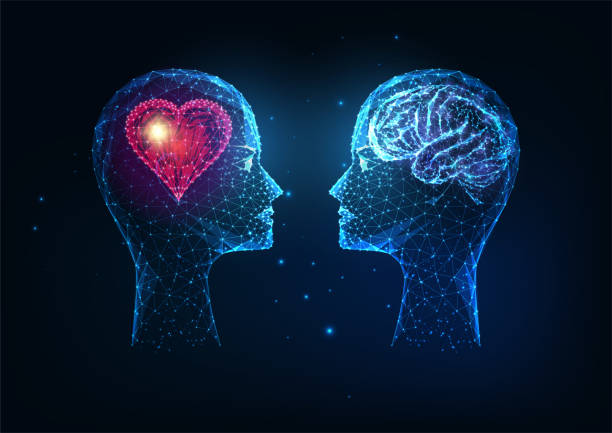
In the age of digital dominance, where algorithms dictate our choices and screens mediate our interactions, the significance of genuine human connection often gets overshadowed. Yet, as we navigate this landscape of artificial intelligence (AI), it becomes increasingly apparent that the essence of our humanity lies in our ability to understand, empathize, and communicate effectively with one another. This is where Emotional Intelligence (EI) steps in, acting as a bridge between human and artificial intelligence.
Imagine a classical dancer, whose artistry relies not only on technical precision but also on the ability to convey emotions through movement. In much the same way, the fusion of EI and AI can elevate our interactions from mere transactions to meaningful connections woven with empathy and understanding. At its core, Emotional Intelligence encompasses a range of skills, including self-awareness, self-regulation, empathy, and social skills. These competencies enable individuals to recognize and understand their own emotions, navigate social complexities, and build meaningful relationships. In the context of AI, integrating EI means instilling machines with the capacity to perceive, interpret, and respond to human emotions effectively.
The synergy between EI and AI holds immense potential across various domains, from healthcare and education to customer service and beyond. For instance, in healthcare, AI-powered systems can analyze vast amounts of patient data to provide personalized treatment recommendations. However, it is the incorporation of EI that enables these systems to recognize and respond to the nuanced emotional states of patients, fostering trust and rapport in the healing process.
Similarly, in education, AI-driven platforms can offer tailored learning experiences based on individual student needs and preferences. Yet, it is the infusion of EI that enables these platforms to recognize signs of frustration, boredom, or disengagement, thereby adapting their approach to support and motivate learners effectively.
In customer service, chat bots and virtual assistants powered by AI have become omnipresent. While these systems excel in efficiency and scalability, they often fall short in understanding and addressing the emotional needs of customers. By integrating EI, these AI-driven interfaces can discern subtle cues in tone, language, and facial expressions to provide more empathetic and personalized interactions, thereby enhancing customer satisfaction and loyalty.
The integration of EI and AI offers compelling solutions for fostering inclusivity, diversity, and addressing societal challenges. In a world marked by cultural and linguistic diversity, AI-driven language translation tools facilitate communication across boundaries. However, it is the infusion of EI that enables these tools to grasp the subtleties of language, fostering genuine understanding. Additionally, the fusion of EI and AI can address mental health issues by analyzing behavioral patterns and offering empathetic support, fostering a sense of connection and belonging for those in need.
As we embrace the potential of EI and AI to work in harmony, it is crucial to address ethical considerations and biases. AI systems’ development and deployment must be guided by principles of transparency, accountability, and fairness to serve the collective good without perpetuating harm or discrimination. This synergy offers a vision of a future where technology enhances our capabilities and amplifies our humanity. By combining AI with empathy, compassion, and understanding through EI, we can create a world where human and artificial intelligence coexist harmoniously, enriching lives and fostering inclusivity.
The author is the Danseuse, Educator, Author & ATCL Trinity College London, Dean School of Performing Art, WUD.















